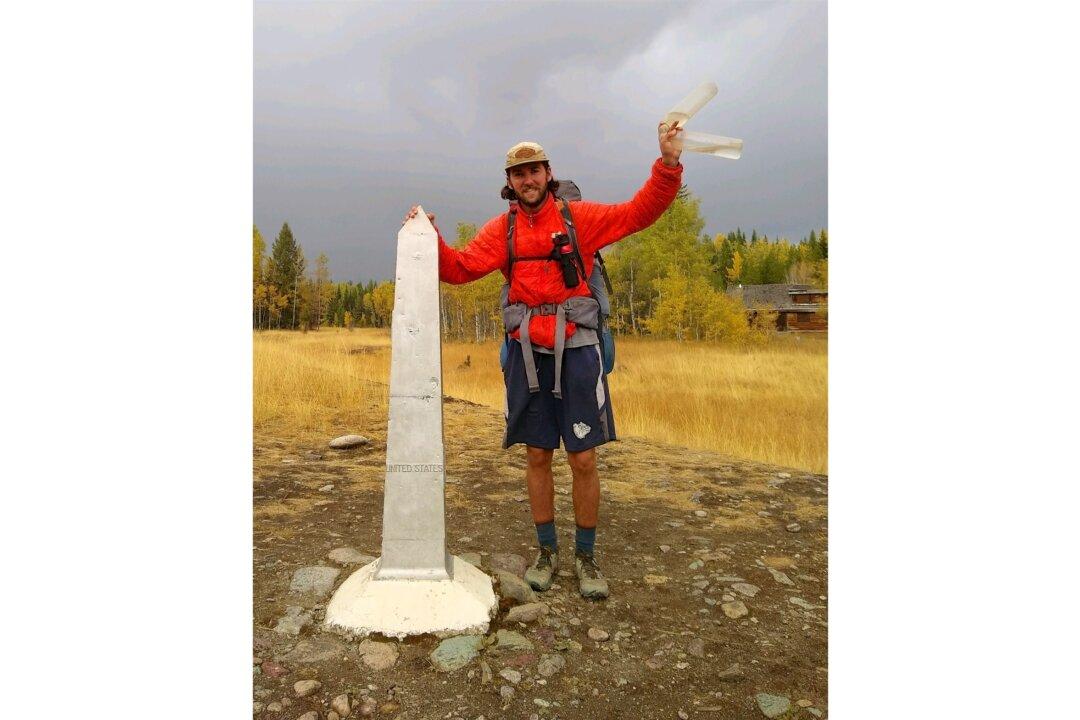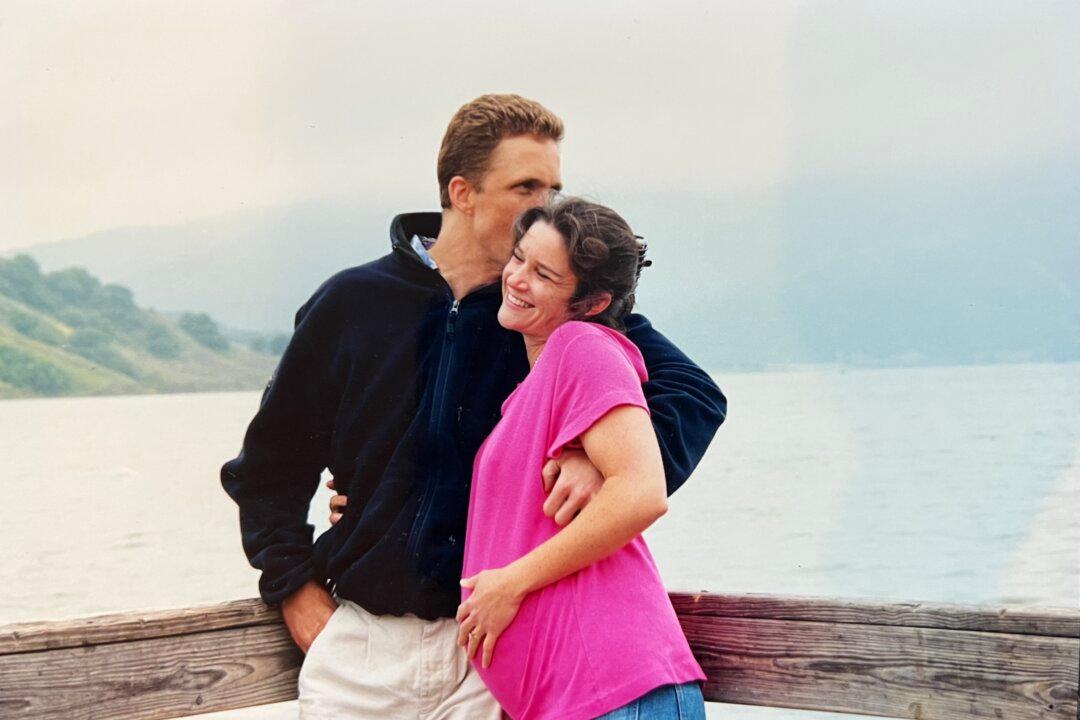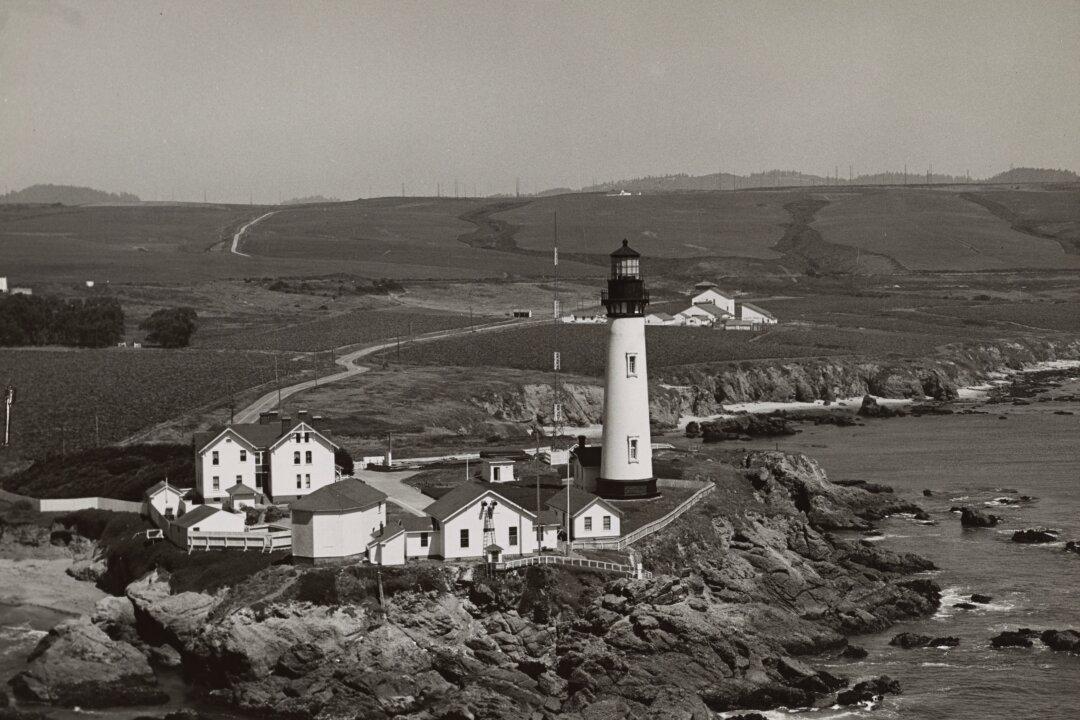For three years, 25-year-old Eddie Janicki had felt content working as a civil engineer on a skyscraper-construction project in downtown Seattle. Then he met with the company’s financial adviser. The adviser told him if he continued down the same path, he could retire around age 60. Janicki thought, “That’s great,” but later remembered that his grandmother had experienced her first symptoms of Huntington’s Disease at age 60. An inherited disease, Huntington’s causes a progressive breakdown of nerve cells in the brain, resulting in physical and mental deterioration. Janicki knew his mother had a 50 percent chance of inheriting it, and if she got it, Janicki would have a 50 percent chance of getting it.
Janicki said it was like a light bulb going off in his mind: “Why do I want to work my whole life and then retire just to deteriorate in retirement, not having done a lot of things?” So in 2018, Janicki took a leave of absence and accepted an earlier invitation from his best friend and his friend’s brother to hike the first leg of the Triple Crown: the 2,650-mile Pacific Crest Trail (PCT). They completed the trail, which leads from Southern California through Oregon and Washington to the border of British Columbia, in five months. “I think people should try to live their lives throughout their lives,” Janicki says, “in the strength of their health and their youth, instead of waiting to do things in retirement.”






